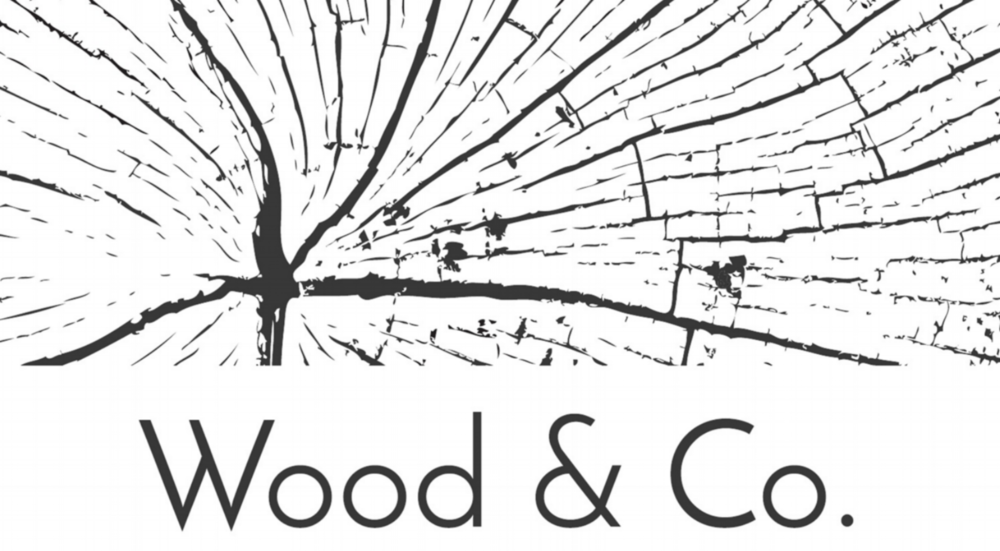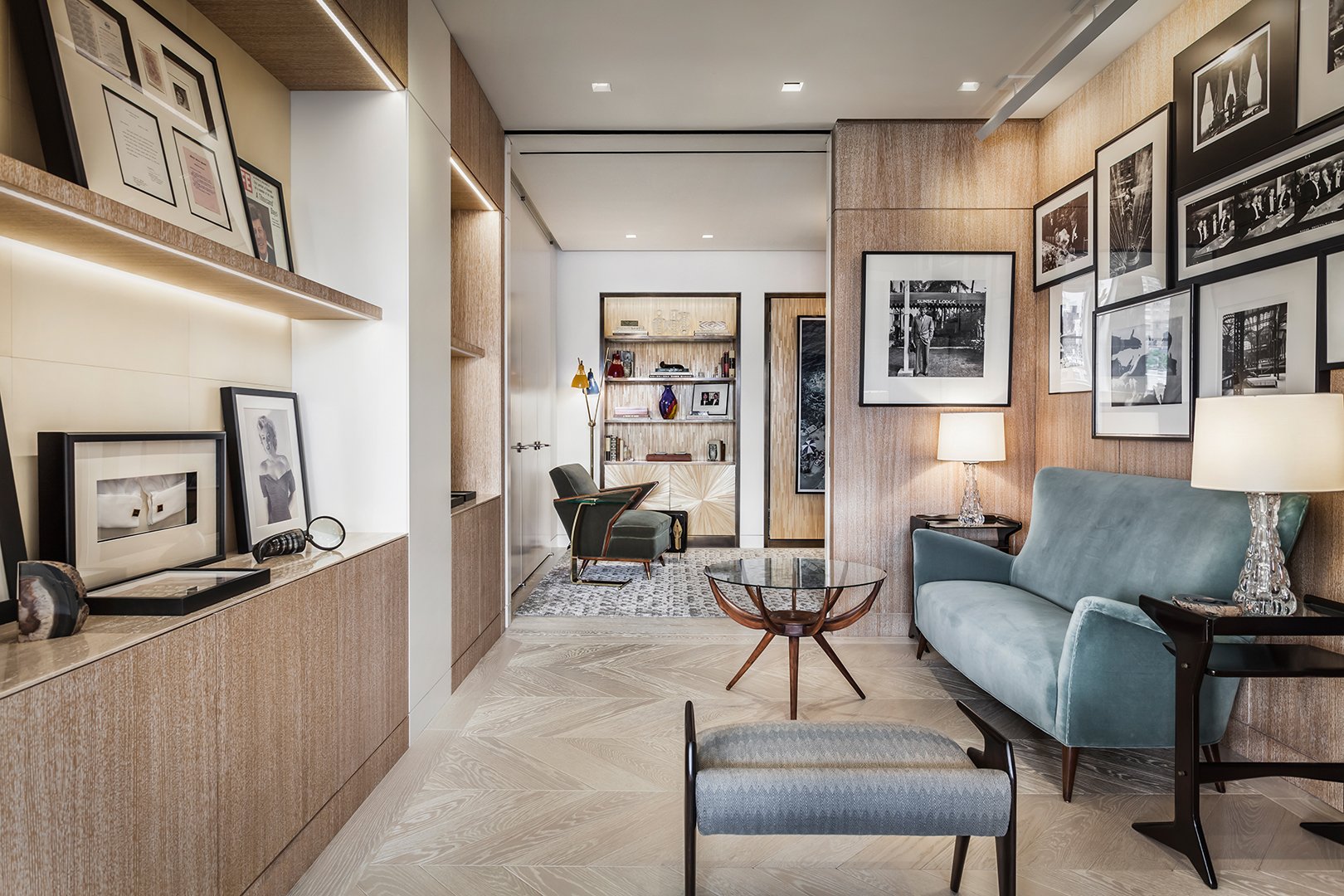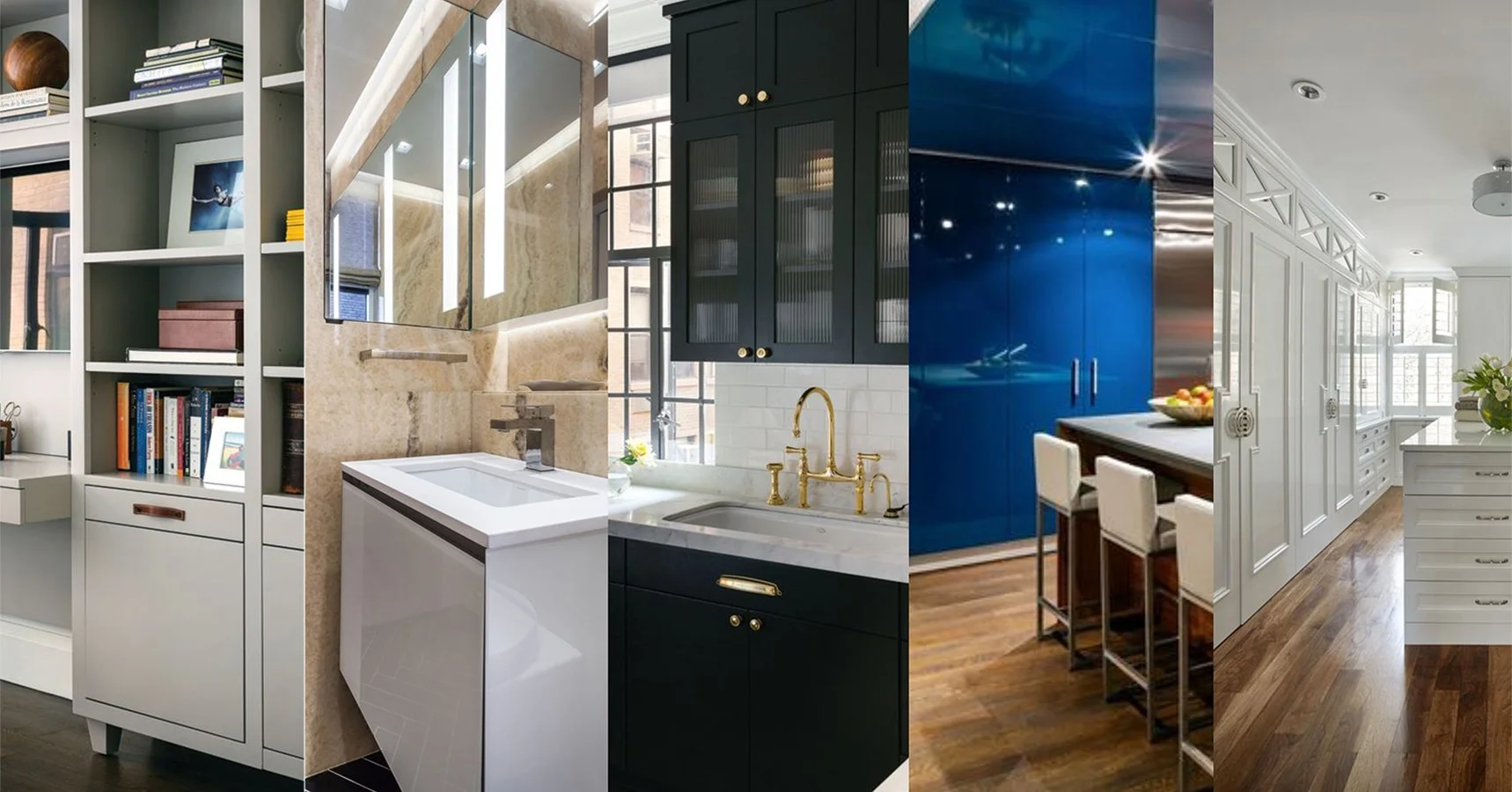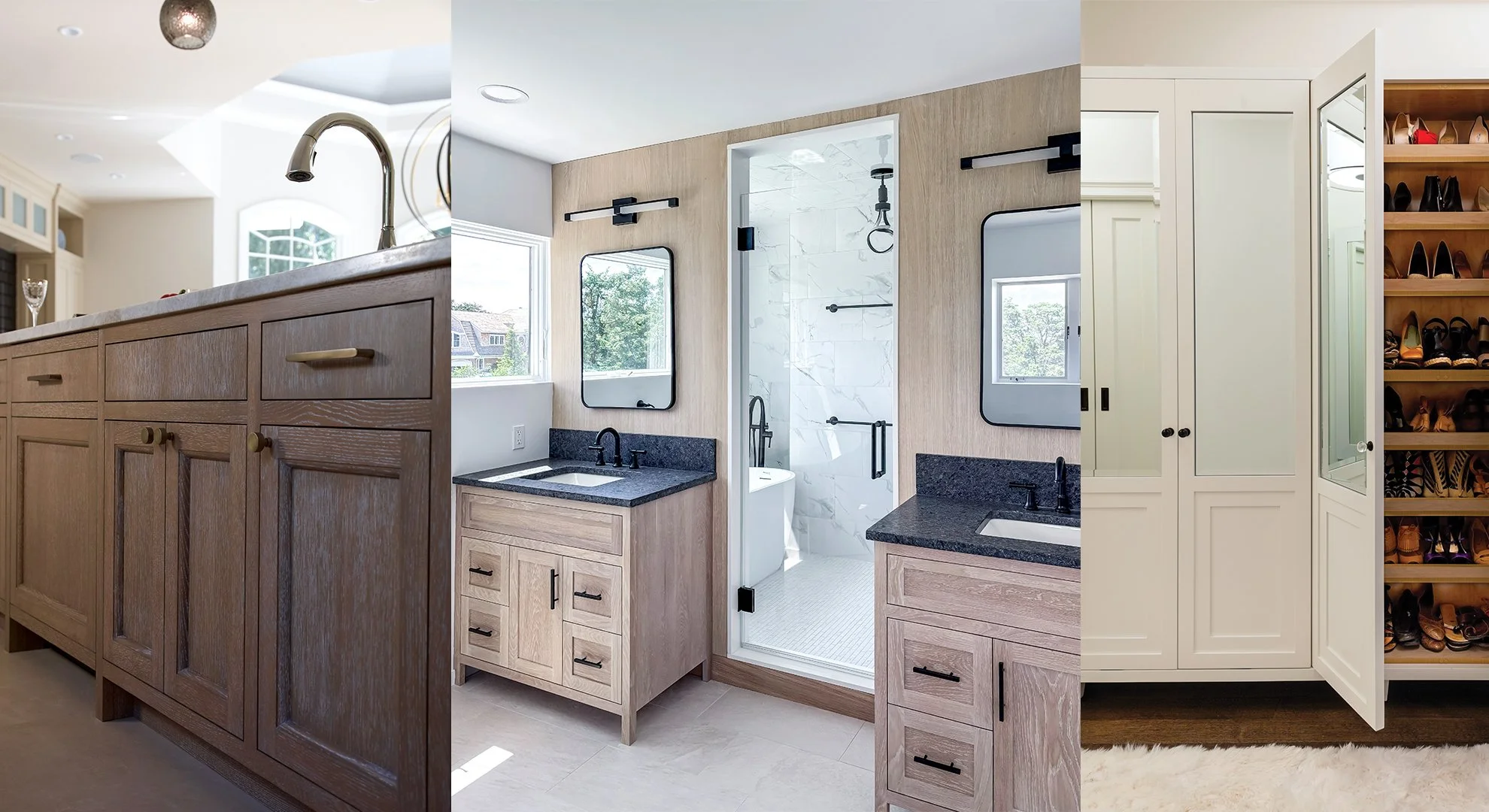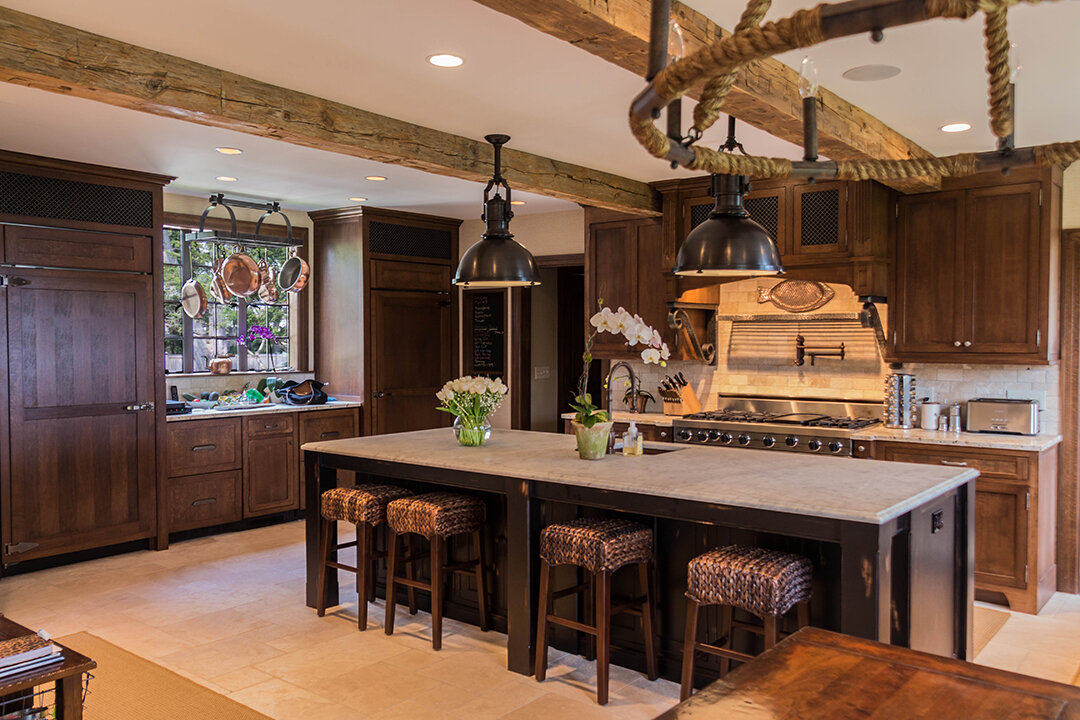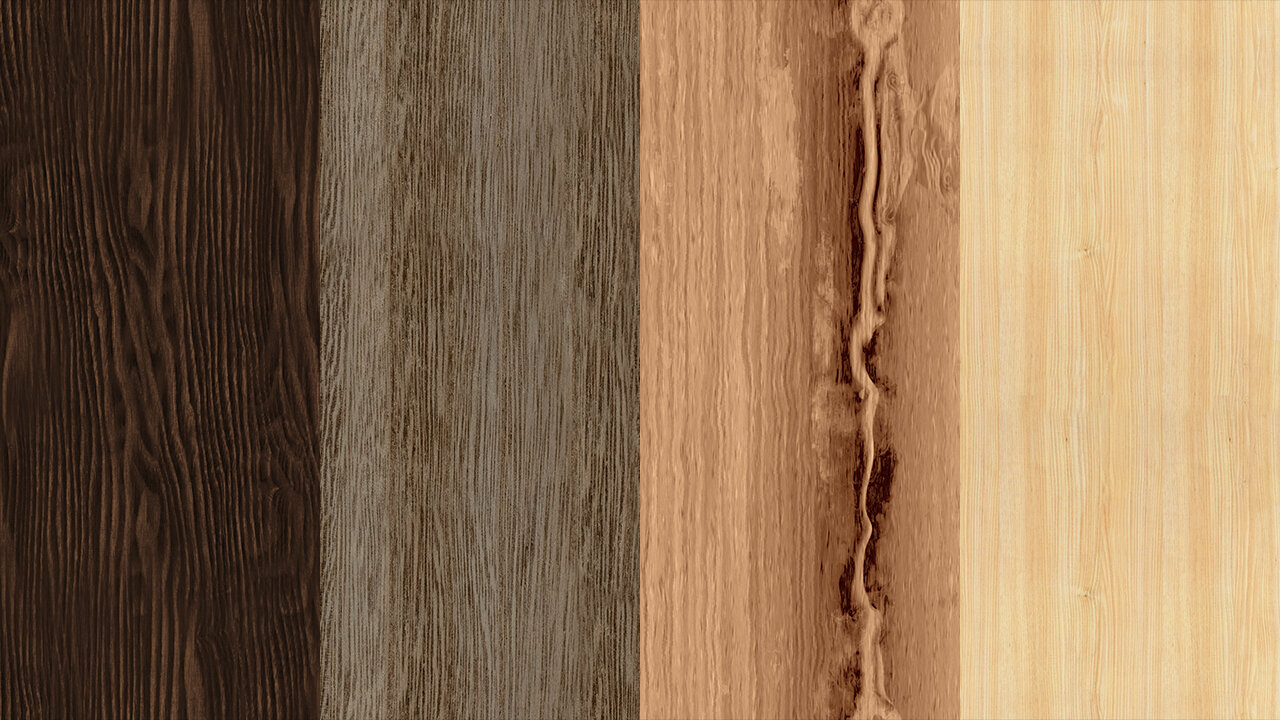Have you ever looked around your space, maybe at your wall or floor, and think that it looks a bit plain? At first, you might think of adding a touch of bold colors and some quirky décor here and there. But what if those just feel a bit too much? What if you need something more understated? You should consider herringbone and chevron patterns!
Chevron and herringbone are geometric patterns that feature a zigzag form. Both have been widely used in art, graphic design, and of course, interior design. They’re both fun, yet timeless patterns that can add movement, depth, and texture to your home.
What’s the difference between herringbone and chevron?
While both chevron and herringbone are similar at first glance, the two patterns have some key differences. Understanding these will help you decide which is better suited to your own space. Now, let’s look at each of them.
Chevron is a V-shape pattern that is formed using tiles cut at an angle on each end –usually at 45 or 60 degrees. When these tiles are laid end-to-end, you create a continuous and symmetrical zigzag pattern. Its uniformity gives it a sleek look that pairs well with contemporary interiors.
Herringbone, on the other hand, is made with regular rectangular tiles or planks at 90-degree angles to each other. This creates an interlocking, broken zigzag pattern that feels similar to a piece of woven fabric. Its more textured and handcrafted look makes it well suited for more traditionally styled interiors.
What’s the history of herringbone and chevron patterns?
You might be wondering if herringbone and chevron are truly timeless patterns. We wouldn’t want to make our homes feel too trendy and tacky, after all. While it wouldn’t be unusual to think these two zigzag patterns are a recent trend, they’re absolutely not! Herringbone and chevron have been around since ancient times. While their popularity rises and falls as with all trends, its enduring resilience is a clear signifier of the timelessness of these two patterns.
The herringbone pattern gets its name from its similarity with the skeletal structure of a fish –a herring, specifically. It has been around since Ancient Egyptian times where it was used in precious jewelry. This pattern was also found in fabrics of Ancient Italy, and in the construction of Ancient Roman pavements. Later in 17th century Europe, the herringbone pattern became popular in parquet flooring. It became a symbol of status and elegance at that time.
Similarly, the chevron pattern has had a long history. It was used in Medieval heraldry and in textiles and pottery from Ancient Greece. The word “chevron” first appeared in the 14th century from the word “caprio”. It is a Vulgar Latin word meaning “rafters”, likely used for the pattern’s resemblance to roof beams.
Where can I use herringbone and chevron patterns in a home?
Short answer: everywhere! But in all seriousness, chevron and herringbone can be used in so many parts of your home. It can be used on floors, walls, cabinets, backsplashes, linen, and so much more. We’ll show you a few examples.
Flooring
One of the most common ways you can add these patterns to your home is through flooring. Wood planks or tiles laid out in chevron or herringbone patterns instantly add personality and texture –all without overwhelming the space! It contrasts against other linear elements in a space such as tall cabinets, kitchen islands, and other rectangular furniture. Adding these dynamic zigzag patterns to your floor is a great way to break up an otherwise monotonous interior!
Two different styles of kitchens with herringbone (left) and chevron (right) patterned wood flooring.
Walls
Similarly, walls are a perfect canvas for chevron and herringbone patterns. Just like with floors, you can use wood planks or stone tiles to create subtle visual movement in your home. However, if you want something more bold, there are also plenty of wallpaper options to choose from. You can even paint the patterns in yourself if you want to! Used thoughtfully, these patterns can spice up and elevate even the simplest of interiors.
Cabinets
Cabinetry might not be the first place you think to use chevron or herringbone, but it’s actually an ideal surface for showcasing these patterns. Cabinet doors—especially on tall built-ins or freestanding pieces—act like flat, uninterrupted canvases that are perfect for adding texture and visual interest. A herringbone or chevron detail on a sideboard or wall of storage can turn a functional element into a focal point. You can go bold with contrasting stains or painted finishes, or keep it subtle with a uniform wood tone that highlights the pattern through grain and direction.
Dining room cabinet with chevron patterned drawer fronts in one of our projects.
Will herringbone or chevron patterns work for my home?
Ultimately, the answer to this question hinges upon your preferences, your home’s interior style, and where you plan to apply these patterns. It all depends on what atmosphere you want to create.
Are you more drawn in by traditional styling? Herringbone, with its rich history and classic appearance, might suit your home better. Its woven appearance brings with it a timeless charm that works well in both wood planks and stone tiles.
If you want the added depth and movement, but want something more contemporary, then chevron is the choice for you. Its clean, pointed layout creates a bold, streamlined look that works especially well in modern spaces.
No matter which direction you choose, both chevron and herringbone patterns can add character and elevate your space. The key lies in striking a balance and applying these patterns thoughtfully. With a little planning these patterns can bring a distinctive and lasting statement in your new home or renovation.
If all this seems daunting to you, then it's best to get in touch with a professional. Wood & Co. specializes in handcrafted interiors, custom cabinetry, and bespoke woodworking. Get in touch with us, and together we can craft a sophisticated and timeless space!
